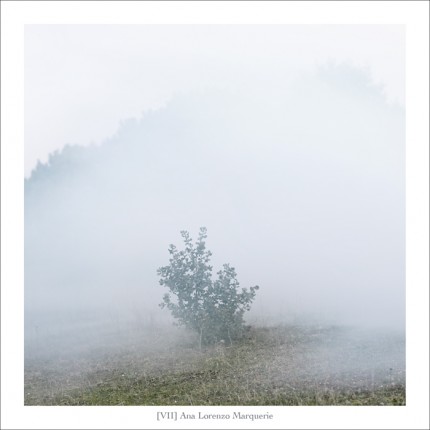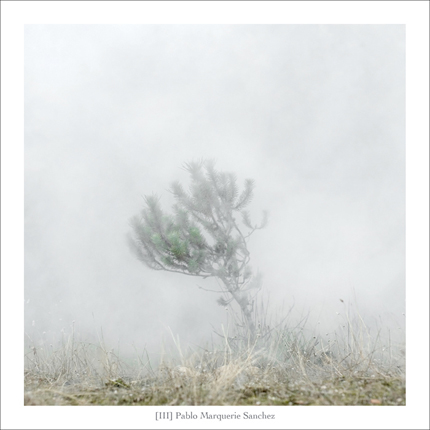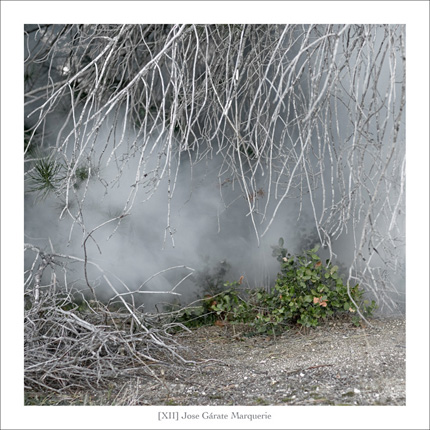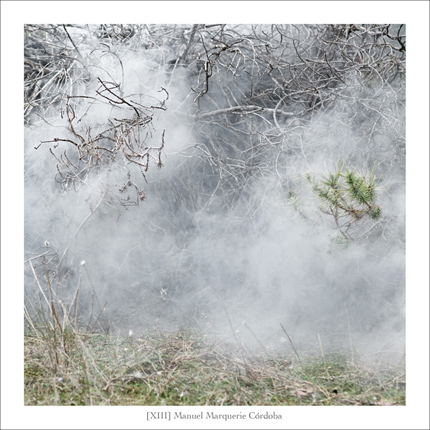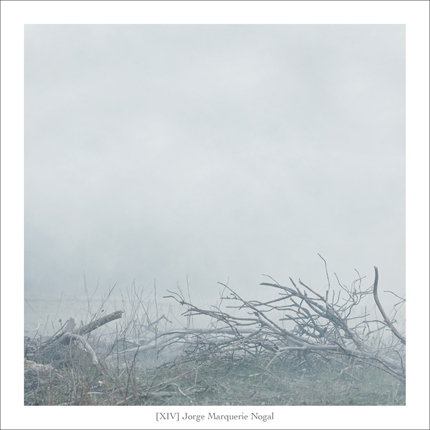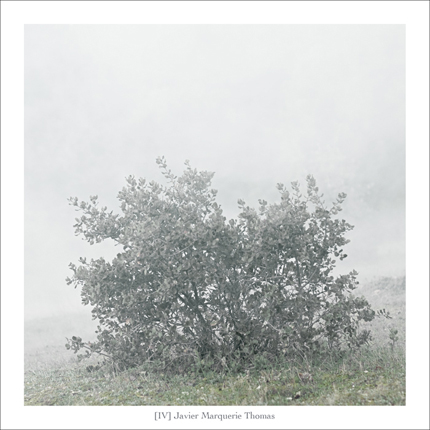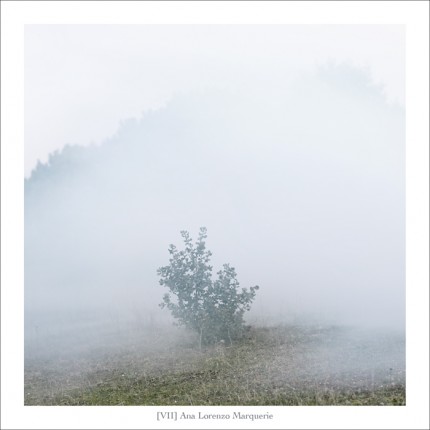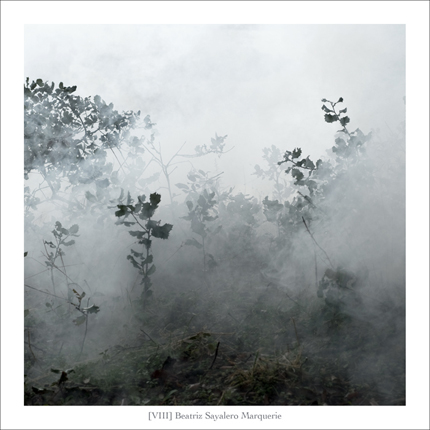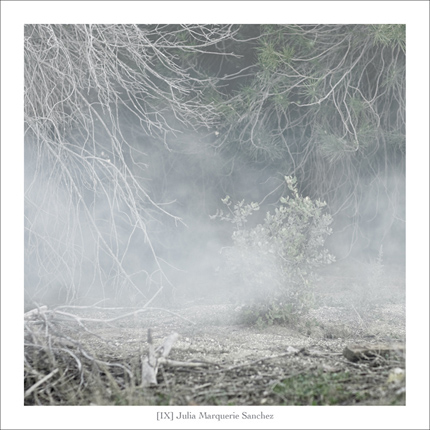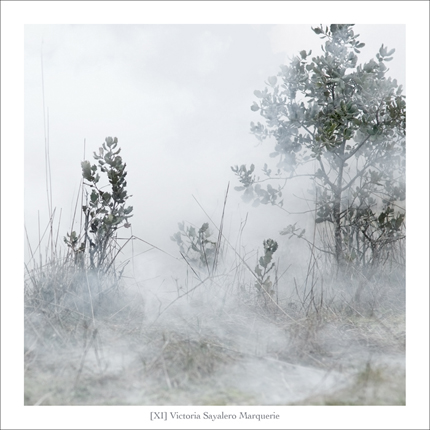Forty-four years after the planting of a pinewood, I set out on a genealogical dig, an act of nostalgia: melancholic archaeology. The inevitable passing of time reveals the residues of existence. A dry pine tree, dead: a spectral relic full of yearning, useless material remains full of hope.
In 1962 my great-grandfather, Mariano Jesús Bueno García, bought Los Barros del Monje, a country estate situated in the River Guadarrama Valley, to the west of Madrid. Within the estate there was a country house surrounded by wild countryside where the earth was mother to pine and oak trees. In 1965 Mariano Jesús planted a pinewood next to the house, respecting the autochthonous species of the area. Hundreds of “Pinus Pinea” pine trees were planted; they were only a few centimetres high at the time. In 1983 María Gárate Marquerie was born, the first of my cousins. By then the pine trees had grown a few metres and in between them new ones appeared. Pine trees that were sprouting from the roots in the ground, which like my cousin, marked the start of a new generation. My grandfather, Carlos Marquerie Marzo, started to place stones around these saplings, selecting them and cataloguing them, he then would assign each one to each new cousin as they were born. An effusive purpose on his part, however, a purely practical action of giving use to the irrelevant. A ritual of inclusion for the illegitimate pine trees, an inheritance for his grandchildren. Of those little pine trees, only three remain.
Archaeology is an exercise of remembering the idle, an attempt to endure an ephemeral act of optimism and turn it into a tradition. With patience and care, I dig into the earth to reveal its roots. I observe the landscape to unearth its nerves. We are fourteen cousins now and I strive to finish what has been started, resurrecting the forgotten and baptising the spaces and springing oak trees, that in 2009, I find in the pinewood.

